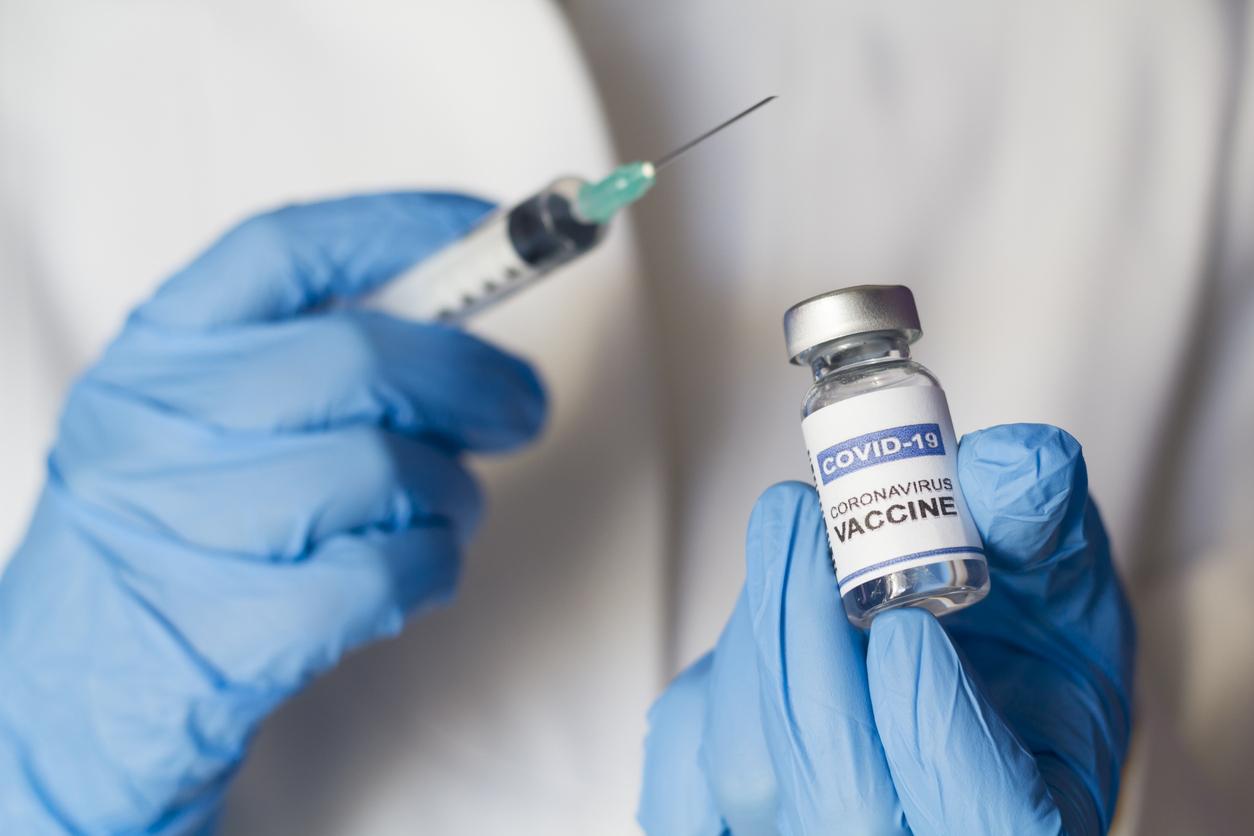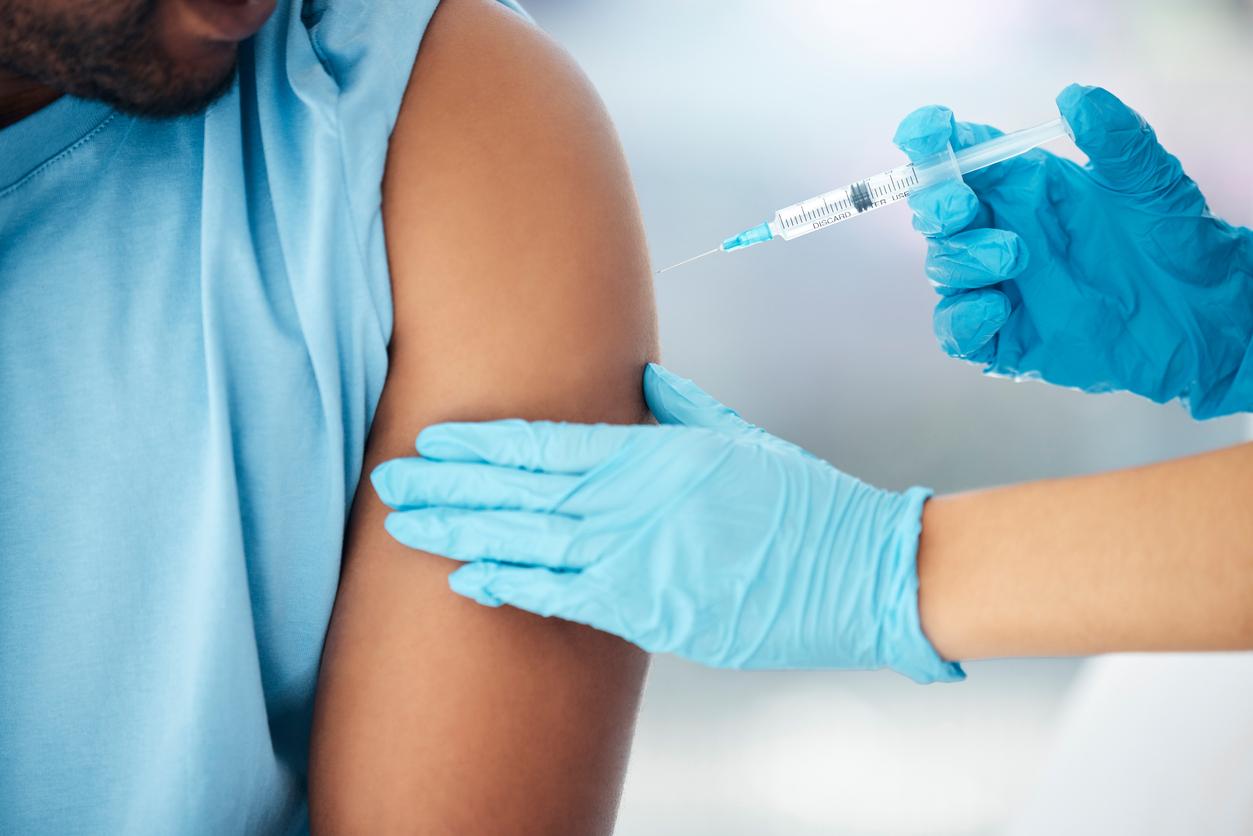A sound analysis of a patient’s cough can help identify the severity and course of Covid-19.

- Spanish researchers carried out an analysis of coughing sounds recorded by smartphones in patients with Covid-19.
- They managed to identify characteristics concerning the sound frequency of cough which make it possible to determine the severity of the disease.
- However, further work is needed to confirm their results.
Your cough may provide clues about the progress of your SARS-CoV-2 infection, according to a recent study. Researchers from the Institute of bioengineering from Catalonia (IBEC) and Hospital del Mar showed that analyzing cough sounds recorded by smartphone can help identify the severity of Covid-19 in patients.
Their results were published in the journal European Respiratory Journal.
Covid-19: cough allows you to assess the progress of the disease
Although protocols have been developed to assess the risk of Covid-19 patients, prognostic tools mainly rely on expensive and not always accessible imaging methods such as radiography. Spanish researchers wanted to find a simpler method to diagnose the disease. Their study focused on analyzing cough sounds recorded by smartphone in 70 patients with the disease.
“If methods of acoustic analysis of cough have already been proposed to diagnose respiratory diseases, we sought to go further by specifically studying the link between the acoustic characteristics of cough and the different levels of severity of pneumonia in Covid-19 patients”, explain THE Pr Raimon Janéco-lead author of the study in a press release published on September 21.
Scientists have thus highlighted five parameters based on the sound frequencies of coughs. These make it possible to assess the severity of the infection and its development into pneumonia. “These differences may reflect progressive alterations of the respiratory system in patients with Covid-19.specifies the press release.

Cough analysis: a promising method for monitoring patients
The researchers believe that the cough analysis tool could have two advantages. It offers the possibility ofidentify serious cases of Covid-19, but also to monitor the evolution of the disease remotely.
For this reason, Dr. Joaquim Gea, co-senior author, suggests that this system will be useful “in areas with limited medical infrastructure or during emergency situations”. He adds : “This approach can facilitate the rapid identification and isolation of Covid-19 patients, thereby facilitating appropriate medical care and implementation of control measures.”
However, the Spanish team specifies that additional research involving a larger sample of patients will be necessary to validate the results of their work and lead to a deployment of their prognostic tool.

















